The introduction of Apple Silicon's own chips attracted enormous attention. In June 2020, Apple officially mentioned for the first time that it was going to abandon Intel processors in favor of its own solution, which is called Apple Silicon and is based on the ARM architecture. However, it is the different architecture that plays a rather fundamental role - if we change it, theoretically we can say that we need to redesign every single application so that it can function properly.
It could be interest you
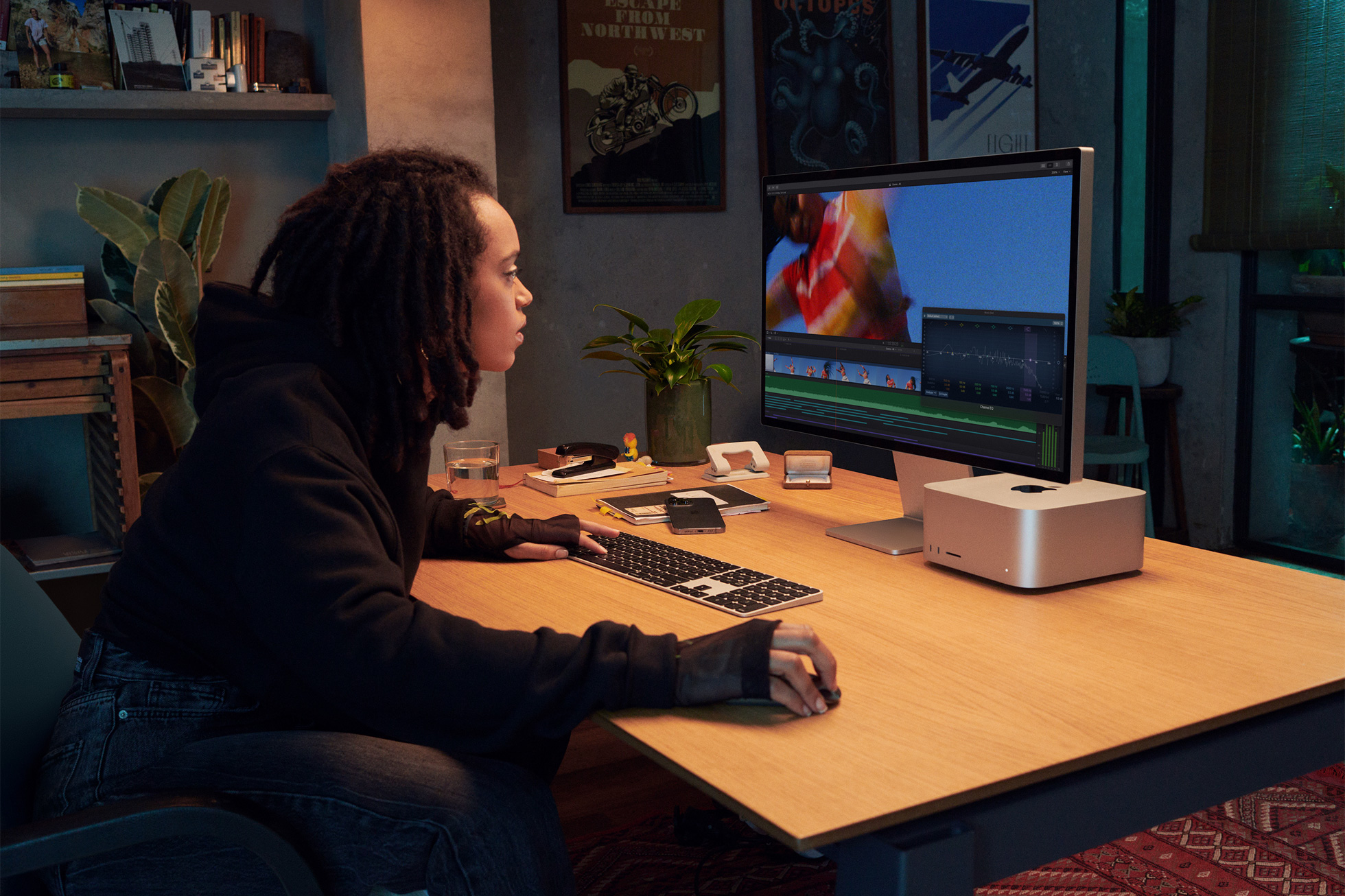
The giant from Cupertino solved this shortcoming in its own way, and after a long period of use, we have to admit that it is quite solid. Years later, he re-deployed the Rosetta solution, which previously ensured a smooth transition from PowerPC to Intel. Today we have Rosetta 2 here with the same goal. We can imagine it as another layer used to translate the application so that it can also be run on the current platform. This will of course take a bit of a bite out of performance, while some other problems may also appear.
The application must run natively
If we really want to get the most out of the newer Macs that are equipped with chips from the Apple Silicon series, it is more or less necessary that we work with optimized applications. They must run natively, so to speak. Although the mentioned Rosetta 2 solution generally works satisfactorily and is able to ensure the smooth operation of our apps, this may not always be the case. A great example is the popular Discord messenger. Before it was optimized (native Apple Silicon support), it wasn't exactly twice as pleasant to use. We had to wait a few seconds for each operation. Then when the optimized version came, we saw a huge acceleration and (finally) smooth running.
Of course, it's the same with games. If we want them to run smoothly, we need to optimize them for the current platform. You might expect that with the performance boost brought about by the move to Apple Silicon, developers would want to bring their titles to Apple users and build a gaming community among them. It even seemed that way from the beginning. Almost as soon as the first Macs with the M1 chip hit the market, Blizzard announced native support for its legendary game World of Warcraft. Thanks to this, it can be played to its full potential even on an ordinary MacBook Air. But we haven't seen any other changes since then.
It could be interest you
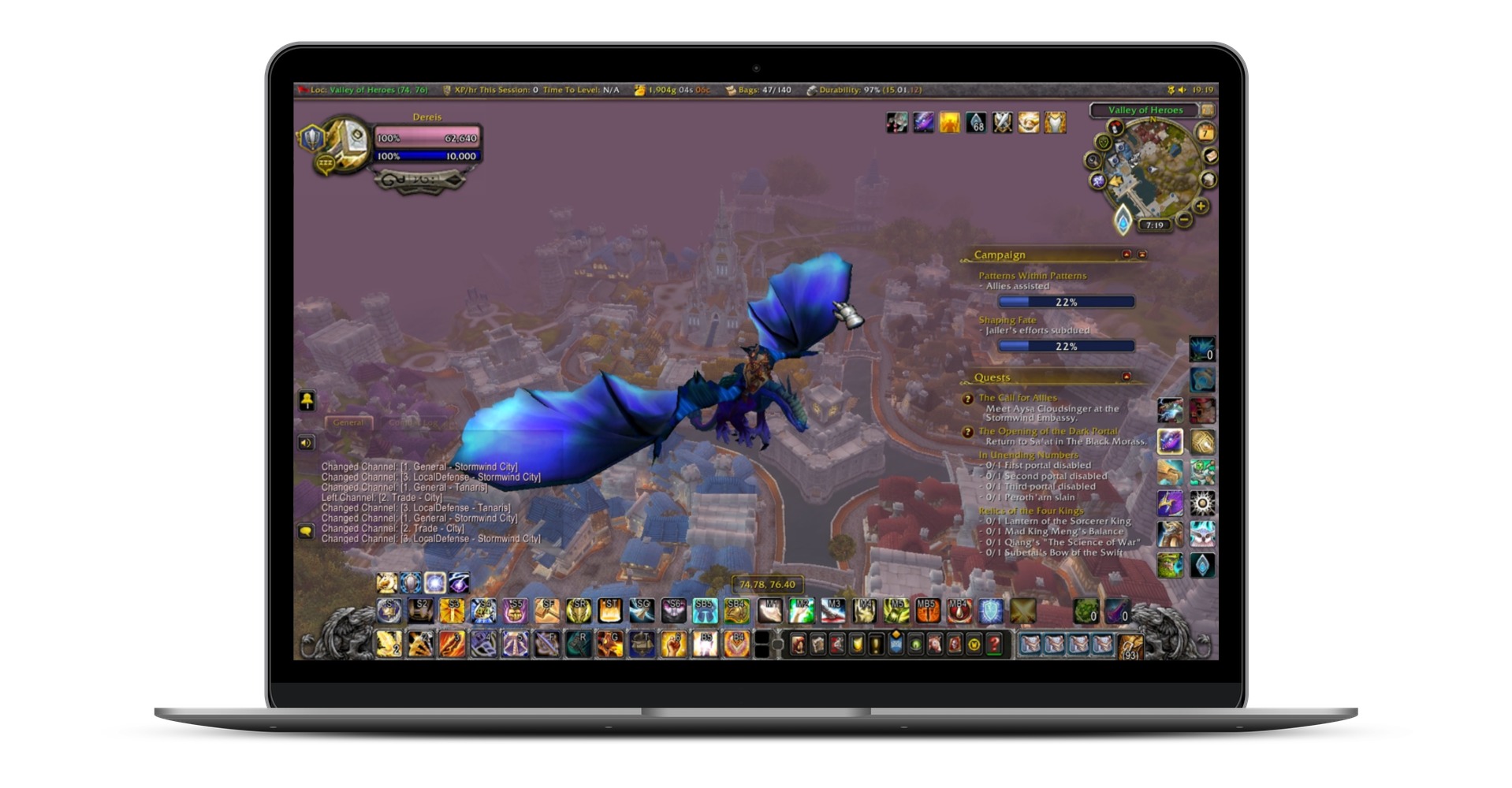
Developers are completely ignoring the arrival of the new Apple Silicon platform and are still going their own way without taking any consideration of Apple users. It is somewhat understandable. There aren't that many Apple fans in general, especially not those who are interested in playing games. For this reason, we are dependent on the aforementioned Rosetta 2 solution and can therefore only play titles that were originally written for macOS (Intel). Although for some games this may not be the slightest problem (for example Tomb Raider, Golf With Your Friends, Minecraft, etc.), for others the result is practically unplayable. This applies to Euro Truck Simulator 2 for example.
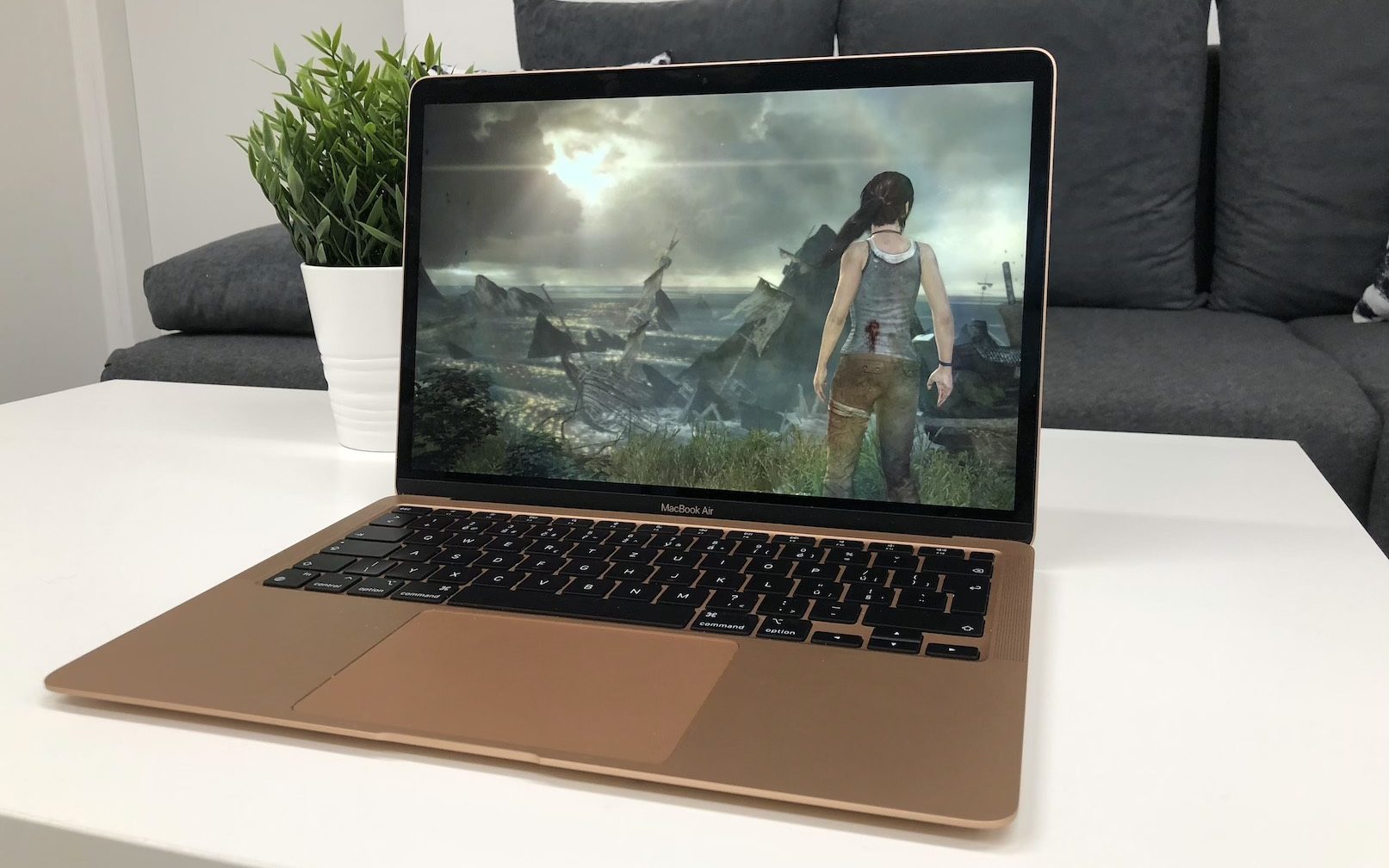
Will we see a change?
Of course, it's a bit strange that Blizzard was the only one to bring optimization and no one followed it up. In itself, this is a strange move even from this company. Its other favorite title is the card game Hearthstone, which is no longer so lucky and has to be translated through Rosetta 2. In any case, the company also includes a number of other titles, such as Overwatch, which Blizzard, on the other hand, has never presented for macOS and operates only for Windows.
It could be interest you

So it is appropriate to ask if we will ever see a change and optimization of our favorite games. For the time being, there is complete silence in the gaming segment, and it could be said very simply that Apple Silicon is simply not interested in anyone. But there is still a little hope. If the next generation of Apple chips brings interesting improvements and the share of Apple users increases, then maybe the developers will have to react.
 Adam Kos
Adam Kos 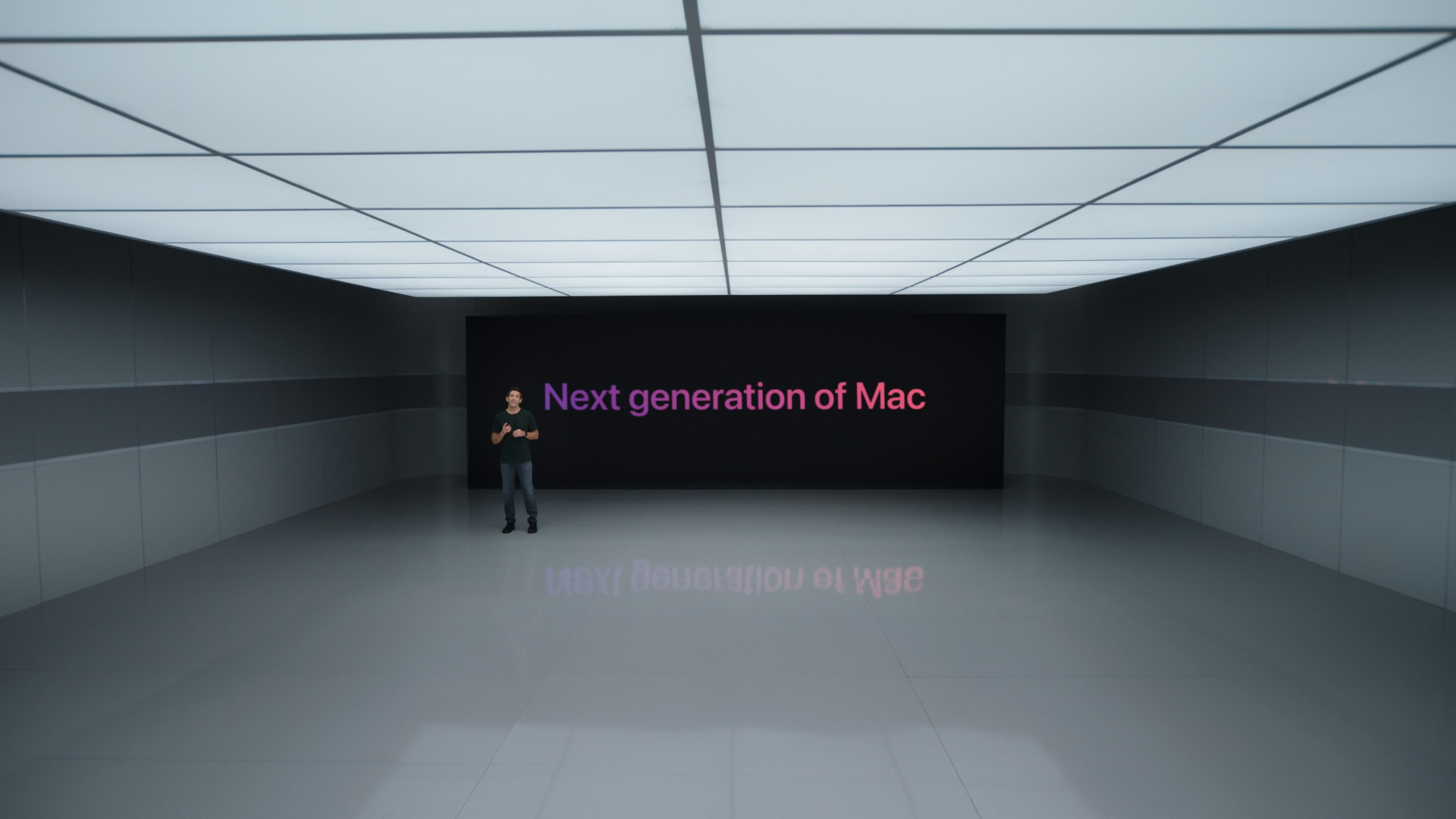

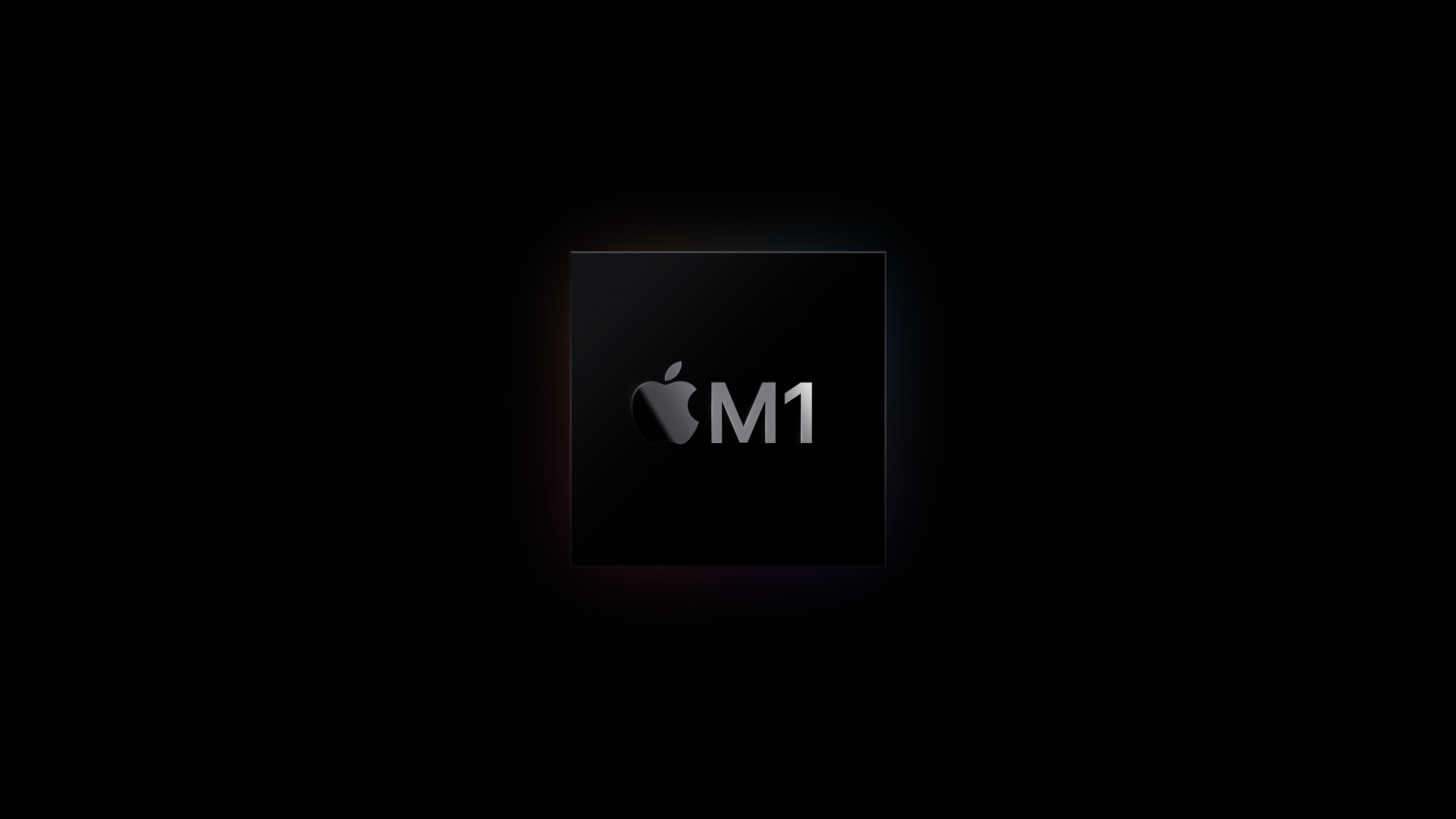
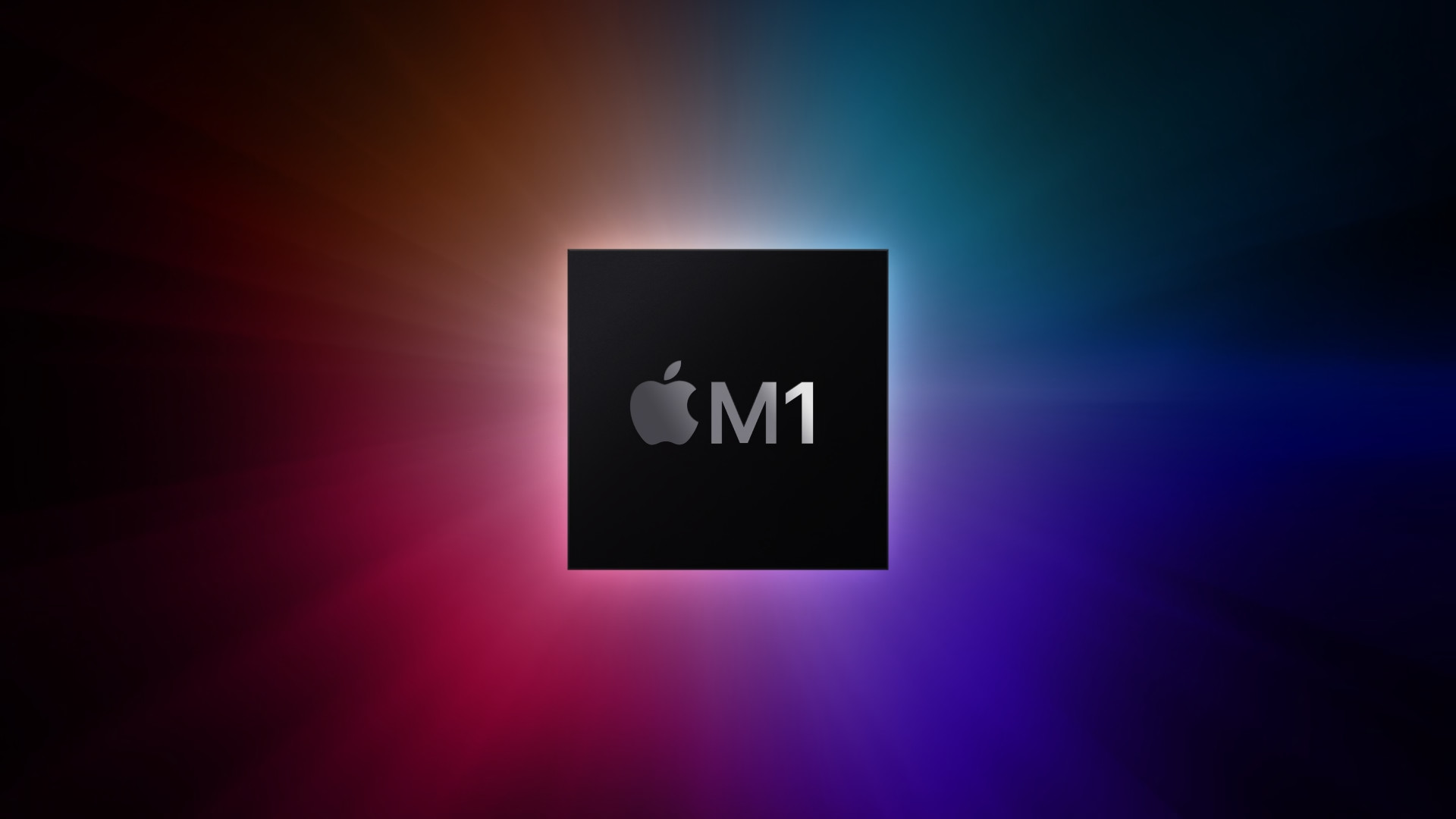
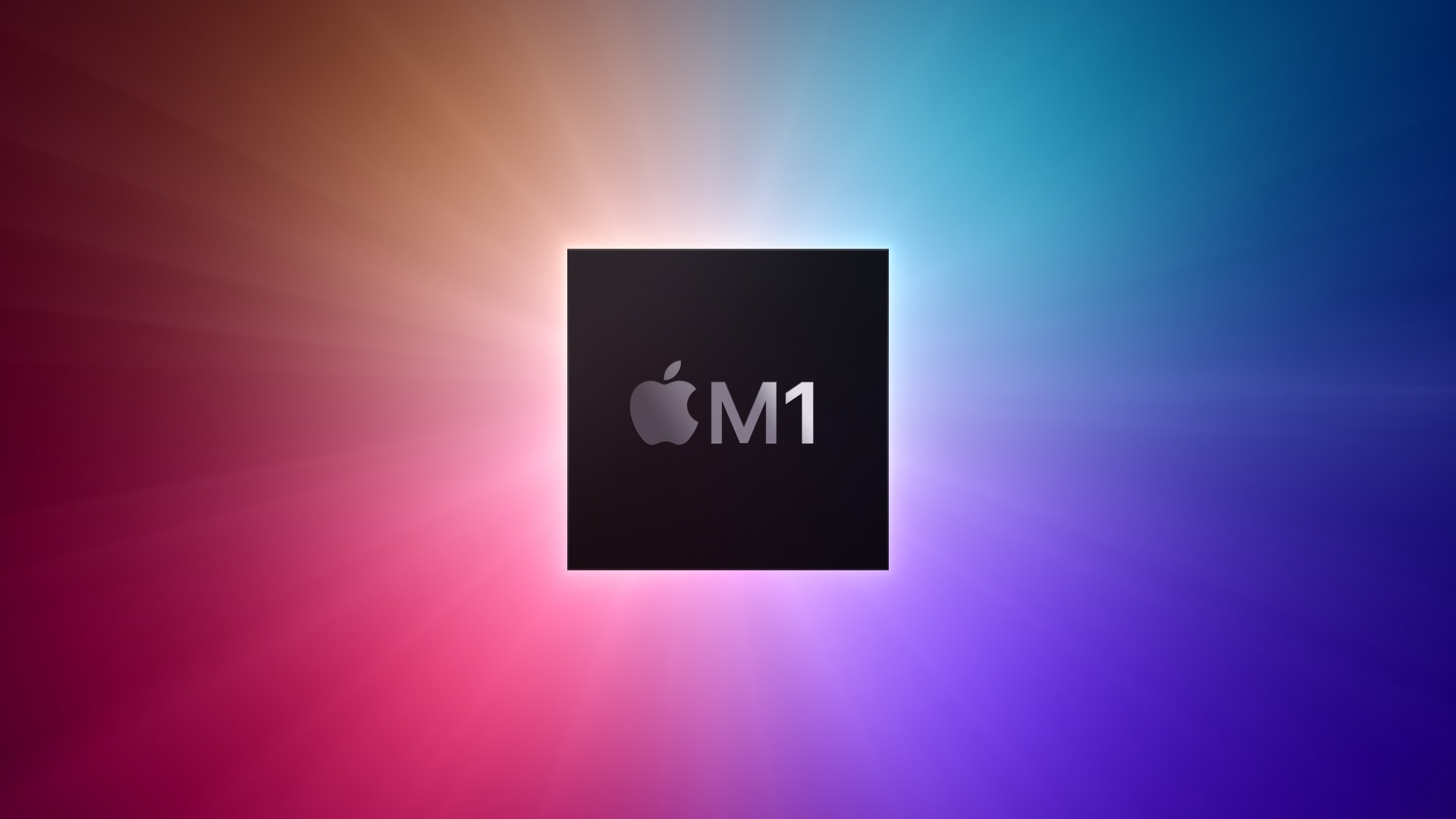
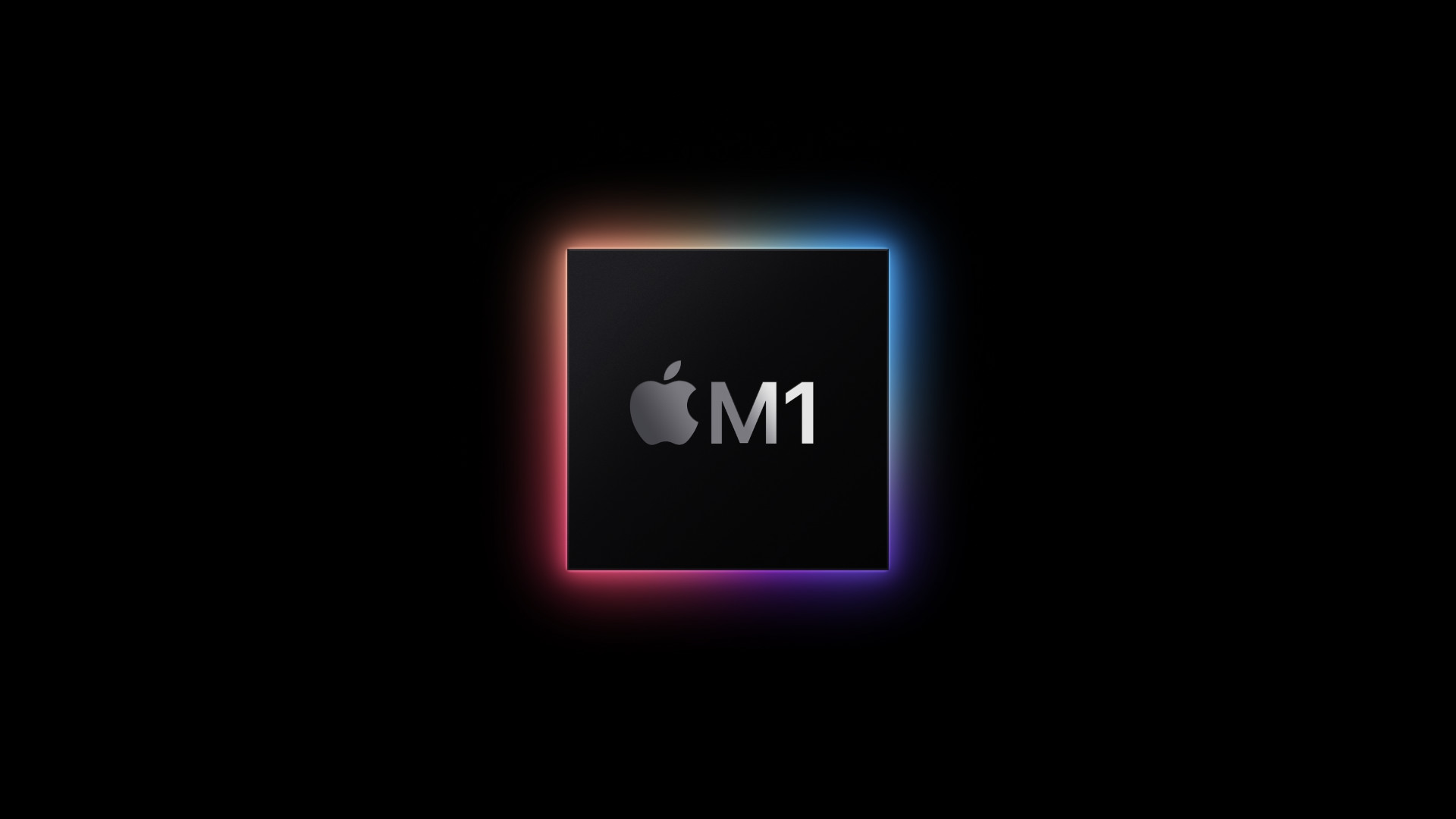
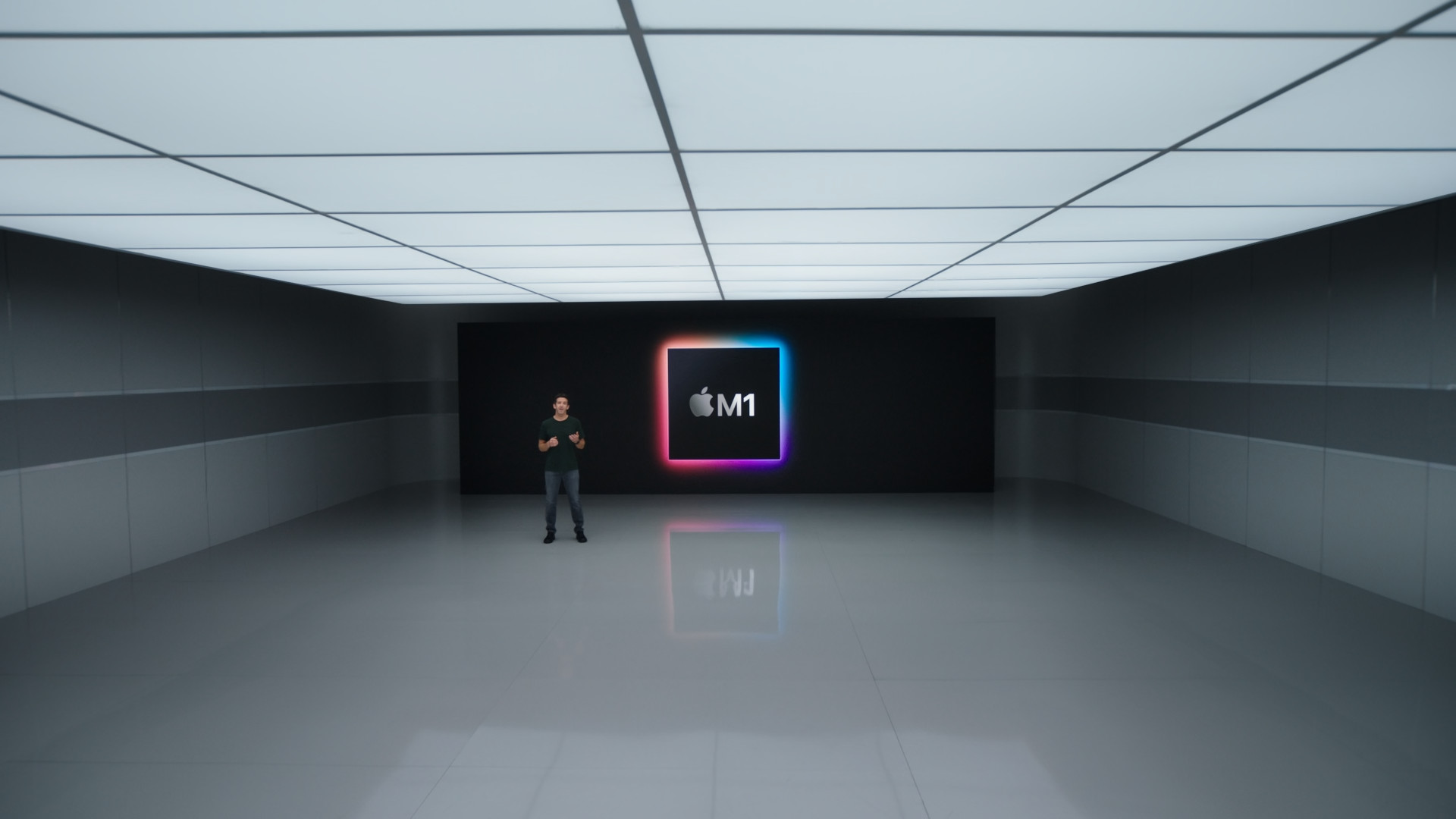


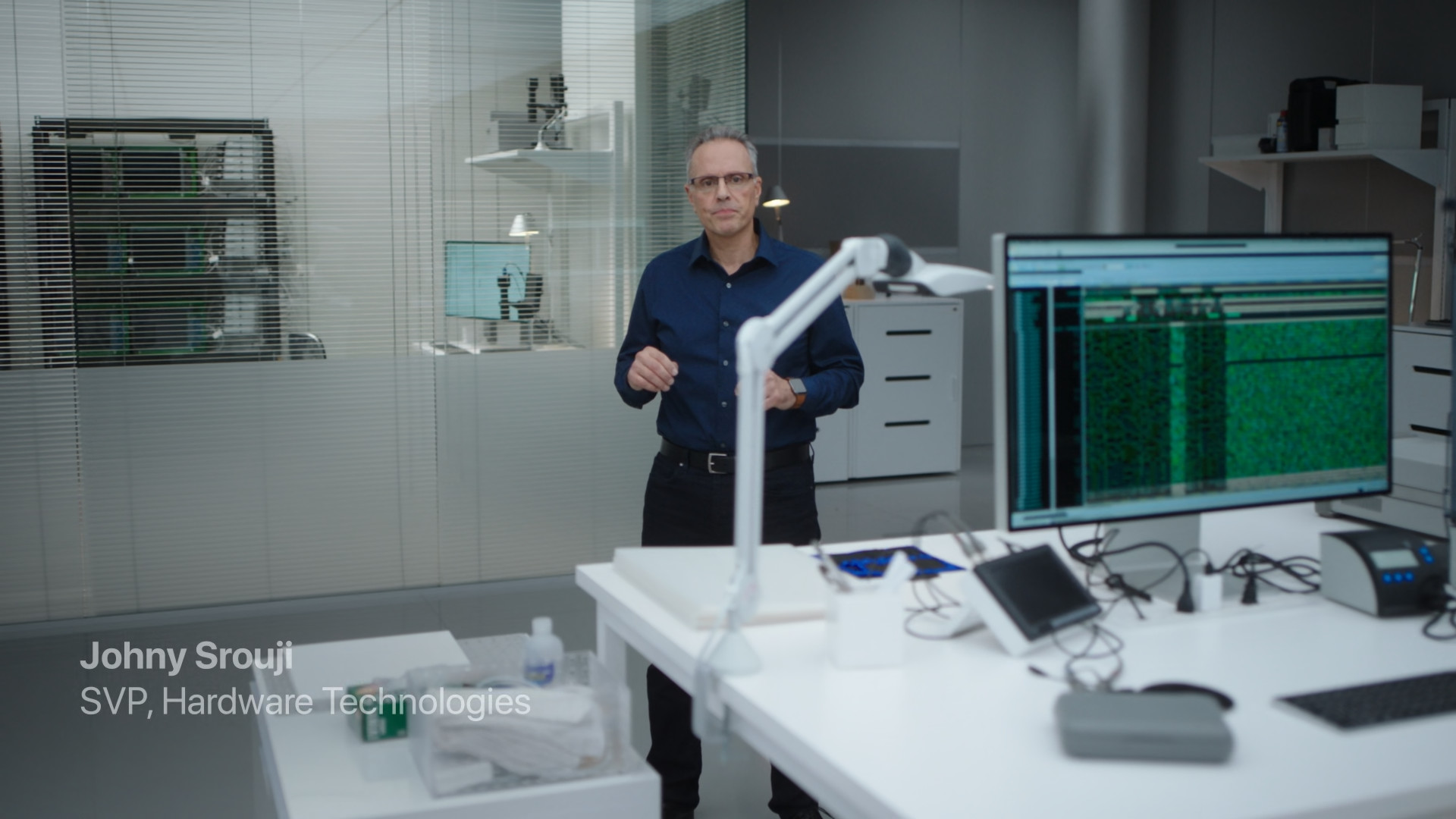


 Flying around the world with Apple
Flying around the world with Apple
I would also like to mention the last Metro.
Eurotruck 2 runs through Rosetta 2 at 30fps max; it's playable, but native support would be great.
I'm a little surprised... perhaps the Mini M2 could be a fairly affordable setup for gamers.
And due to the limited offer on the platform, even a fairly average title could shine.